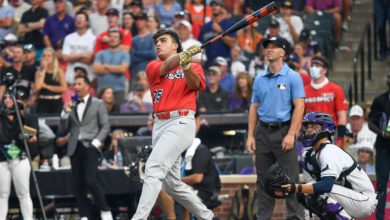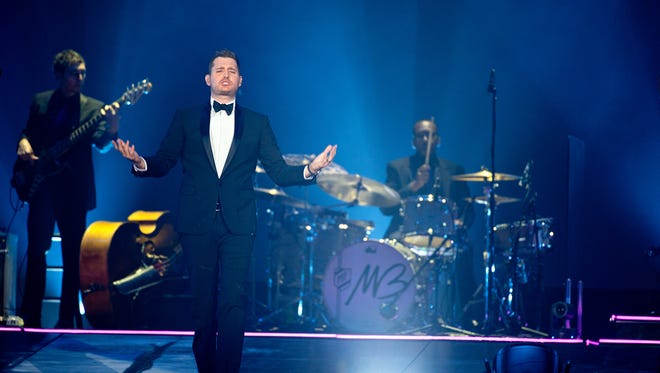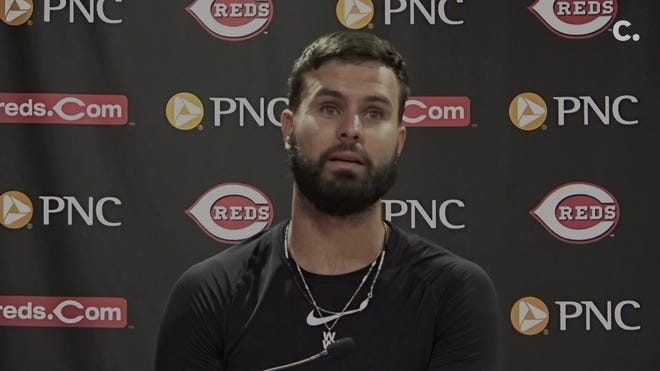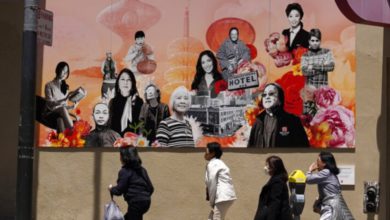The Texas police chief at the center of the heavily criticized response to the school shooting in Uvalde, Texas defended his actions to The Texas Tribune in his first extensive interview about the massacre, which left 19 children and two teachers dead.
Uvalde School District police chief Pete Arredondo came under fire after authorities revealed dozens of officers were outside classrooms for more than an hour but didn't confront the suspect, who was holed up inside with dying students.
Uvalde police chief: 'I didn't issue any orders'
Steven McCraw, the head of the Texas Department of Public Safety, said Arredondo served as incident commander and decided the group of officers should wait to confront the assailant, thinking the active attack was over and the suspect was now barricaded.
"From the benefit of hindsight where I'm sitting now, of course it was not the right decision," McCraw said after the attack. "It was the wrong decision. Period. There's no excuse for that."
But in his first extensive comments since the shooting, Arredondo countered this narrative in an interview with the Texas Tribune, saying he didn't know he was considered the incident commander and assumed another official had taken control of the response. He added that he never instructed police not to try to breach the building.
Read the full interview:Uvalde schools police chief Pete Arredondo defends delay in confronting gunman
UVALDE SHOOTING REVIVES DEBATE:Should police officers be stationed in schools?
"I didn't issue any orders," Arredondo said in the interview. "I called for assistance and asked for an extraction tool to open the door."
Arredondo told the outlet he saw himself as a frontline responder, not the incident commander, as he entered the school. He said a locked classroom door with a steel jam held him off from the classroom where the gunman was holed up.
How Arredondo says he handled the Uvalde shooting
Arredondo also told the newspaper he intentionally left behind his police radios before entering the school, believing they would slow him down and wouldn't work in some school buildings. But poor radio communications have been one of the major issues raised about how police handled the attack. Leaving behind the radios cut Arredondo off from communication with officers from at least five other agencies swarming the scene and 911 dispatchers, who were relaying information from student callers pleading for police help.
While in the hallway, Arredondo said he called for tactical gear, a sniper and keys to the door. When keys arrived, he tried dozens that failed one by one.
DOJ INQUIRY:Department of Justice outlines broad inquiry into Uvalde school shooting response
'THERE ARE NO WORDS':Families mourn as names of Uvalde victims emerge
Unable to get into the classroom, Arredondo said he shifted to getting other children out of the school, telling officers to break glass windows to evacuate students.
"It’s not that someone said stand down," said Arredondo's attorney, George E. Hyde. "It was 'Right now, we can’t get in until we get the tools. So we’re going to do what we can do to save lives.' And what was that? It was to evacuate the students and the parents and the teachers out of the rooms."
Experts point to critical mistakes in police response
It was 77 minutes after the carnage started that officers unlocked the door and fatally shot the gunman. Those 77 minutes sparked outrage nationwide, and Arredondo has been at the center of the backlash, facing death threats and accusations that he was a coward and incompetent.
Arredondo told the Texas Tribune that none of these accusations were accurate.
“Not a single responding officer ever hesitated, even for a moment, to put themselves at risk to save the children,” Arredondo said. “We responded to the information that we had and had to adjust to whatever we faced. Our objective was to save as many lives as we could, and the extraction of the students from the classrooms by all that were involved saved over 500 of our Uvalde students and teachers before we gained access to the shooter and eliminated the threat.”
'I DON'T FEEL SAFE AT SCHOOL':11-year-old Uvalde survivor fears more shootings; other gun hearing takeaways
Still, law enforcement experts told the Texas Tribune that Arredondo made critical mistakes by leaving behind his police radios, not having plans in place to quickly access any room in the school building, failing to take charge, and contributing to a chaotic response.
Arredondo's decades-long law enforcement career included multiple roles with the Uvalde Police Department in the city where he was born and raised, the Uvalde Leader-News reported. When he became police chief for the school district in 2020, Arredondo had 27 years of law enforcement experience.
Contact News Now Reporter Christine Fernando at [email protected] or follow her on Twitter at @christinetfern.









